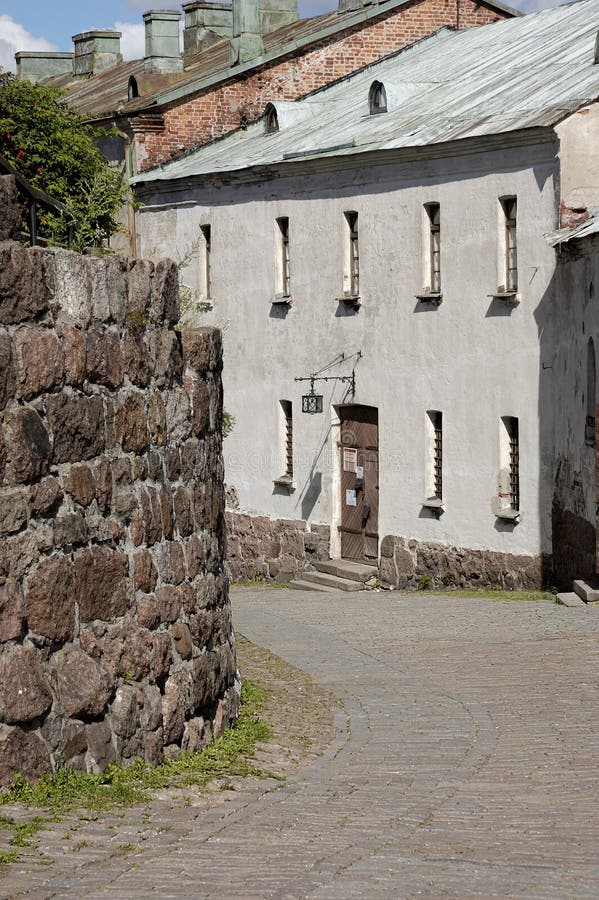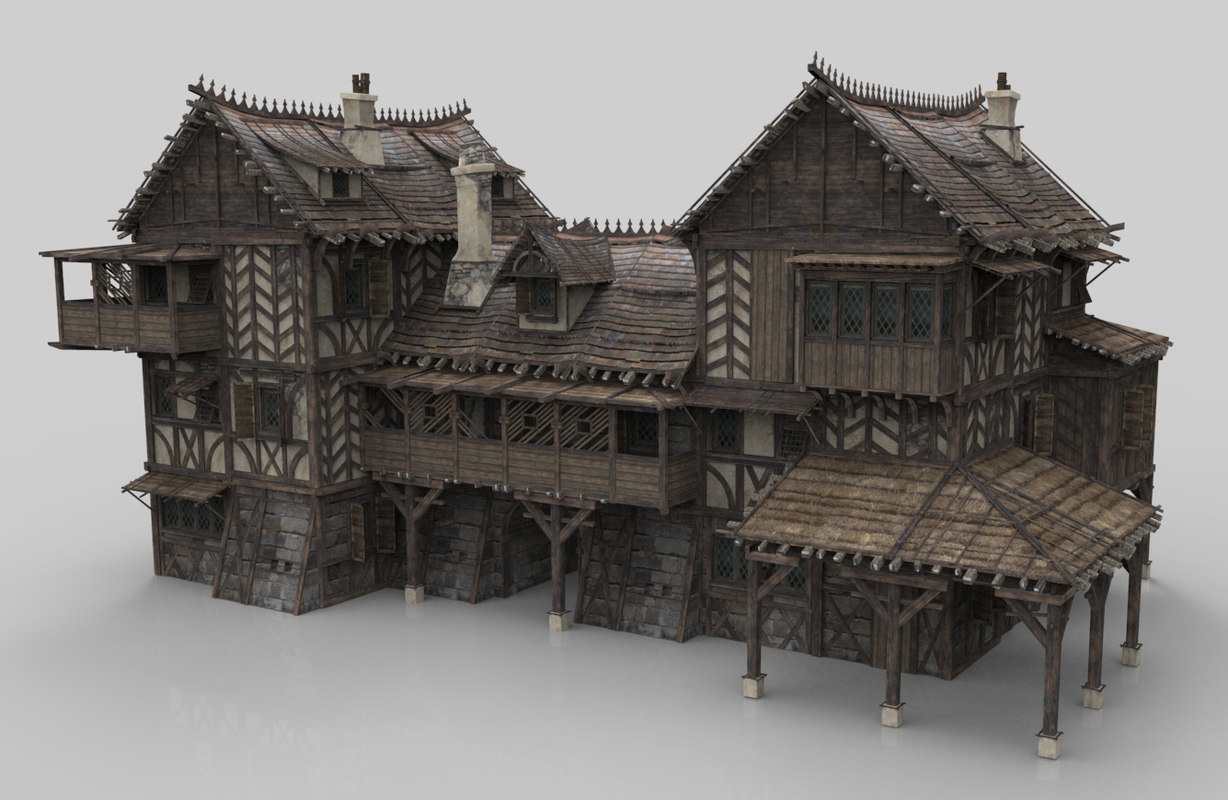Table Of Content

The floor was often dirt or packed earth, although wealthier peasants might have a wooden floor or even a stone hearth. The Peasant Houses were simple, small and wore a shabby look as peasants could not afford anything beyond straw and sticks, especially during the early Medieval period. None of the peasant houses has stood the test of time and disappeared from history.
Q: What are some architectural features of medieval houses?
Romanesque architecture incorporated a fusion of architectural styles based on classical Roman architecture, influenced greatly by the Carolingian, Byzantine, Ottoman, and Germanic styles as well. This style of architecture originated in the Norwegian countries during Medieval times and is still characteristic of Nordic architecture today. Harsh winters and salt spray influenced Nordic architecture and buildings were adapted to deal with climatic conditions.
Spellbinding storybooks

The manor house was also typically the administrative centre of a manor as well, even if the lord himself was not in residence. The larger and more luxurious the manor house was, the greater the amount of prestige it could project, and the more impressive it was to guests and potentially rival lords. As mentioned previously, the manor house had multiple uses as it was the social, legal and economic centre of the manor. The Lord commonly lived in a very grand house within the manor estate, which was called a ‘Manor House’, the Lord was known as the ‘Lord of the Manor’. Peasant houses commonly had beds and tables in the main area, an adjacent area in which farm animals were kept, and an area for food storage in the inner roof areas that was reached by a ladder.
Discover more from Ultimate guide of Castles, Kings, Knights & more Castrum to Castle
The manor house is formed of a great hall and solar in one block, which is attached to two towers at the north and south end. The Caumont family did in fact own a medieval castle, Château de Castelnaud-la-Chapelle, but constructed their manor house at Milandes to provide themselves with far more comfortable and luxurious accommodation. As a lord travelled between his land holdings, there was an opportunity to do maintenance on the manor house, including cleaning and building work. The courts would be convened regularly, and the lord of the manor would rule on the various cases.
Within the umbrella of the medieval house, there existed a spectrum of dwellings, each reflective of its inhabitant’s status, occupation, and location. From modest one-roomed huts to sprawling manors with intricate detailing, the era showcased a tapestry of designs, each holding its own tale of domestic life. Despite the challenges of preserving and restoring these valuable cultural heritage sites, there are ongoing efforts to protect and revive medieval houses around the world.
The First Floor of a Medieval House
They were symbols of wealth and power, reflecting the hierarchical nature of the feudal system. Inside, they offered a window into daily life, revealing a way of life that was vastly different from our own. The nobility, on the other hand, lived in grand manor houses, which were often sprawling estates with multiple buildings and extensive grounds. These houses were designed to impress and were decorated with ornate furnishings, tapestries, and art.
Lobo Castle

The original building was made of wood; the current stone building dates from the latter part of the 13th century. The same builders also constructed a church nearby called Karja Church, evidenced by matching builders’ markings on both churches. There was usually a fireplace in the wall that separated this room from the kitchen.
The Church of the Visitation of the Most Blessed Virgin Mary is one of the oldest and best-preserved churches in Warsaw, built on the site of an ancient pagan place of worship. Despite two World Wars & the necessary renovations, this Gothic Medieval church located in the center of the city is still standing tall. Janusz the Old, Duke of Masovia, and his wife, Danute of Lithuania, laid the church’s foundation stone in 1409.
Main Categories
It consists of a nave, transepts, and the altar stands at the east end (see Cathedral diagram). Also, cathedrals influenced or commissioned by Justinian employed the Byzantine style of domes and a Greek cross (resembling a plus sign), with the altar located in the sanctuary on the east side of the church. The layout of medieval townhouses was generally the same everywhere in Europe. The ground floor featured a door next to long shutters in the upper half, and shorter ones underneath. These would open to form an awning and a stall, respectively, for tenants to market and sell whatever their products were.
And the very rich merchants built palaces, like Jacques Coeur Palace in Bruges, one of the finest examples of civil Gothic architecture. The houses of the town bourgeoisie began to compete with the castles by the end of the 14th and especially in the 15h century. The rich merchants became more affluent than the landed gentry, and started to imitate the knightly style of living. Mostly as a precaution against fire, it was mandatory that people whitewash their houses, even the thatches, when used for roofing. In the 14th century, coal replaced wood as main fuel, the white walls were affected and some citizens resorted to other colors to embellish the external look of their houses.
Medieval designs of castles vary greatly, not only through each time period but also through the different levels of need in different areas for fortification and defense purposes. Castles were basically fortresses at first, constructed of wood, and later of stone and brick, with a central hall for meetings and celebrations. They became the standard method of defense after the Norman invasion of England in 1066 led by William the Conqueror. Following their victory at the battle of Hastings, the Normans began to construct castles all over England to secure their new lands. Castles changed throughout the centuries to become the residences for kings and queens, princes and princesses, which has left us with our royal perspective of castles today.
They were designed to be multi-purpose buildings, with the central hall used for living, dining, and entertaining, and smaller rooms added on for sleeping and storage. For example, regions like Europe, rich in medieval architecture, have seen a rise in “heritage tourism,” where travelers specifically visit to experience the preserved medieval houses and townscapes. Such endeavors not only bolster local economies but also educate visitors about the rich tapestry of history and culture encapsulated within these walls. In essence, every medieval house preserved is a chapter of history saved, allowing future generations to step back in time and relive the bygone eras.
Forests had to be felled for timber, quarries mined for stone, and clay pits dug for bricks. Timber would be seasoned, stones chiseled to perfection, and clay molded and fired into sturdy bricks. The use of local resources not only defined the visual aesthetics of a medieval house but also exemplified the era’s sustainable approach to construction, long before “sustainability” became a buzzword.
10 best Minecraft medieval house designs in 2023 - Sportskeeda
10 best Minecraft medieval house designs in 2023.
Posted: Mon, 10 Jul 2023 07:00:00 GMT [source]
This was essentially the economic form that feudalism took at the lowest level of society, and it was known as ‘manorialism’ or ‘seignorialism’. Under the feudal system, lords were granted territory by the king, in return for military service in his armies each year. Kings usually lived in a central secure location within the castle called a castle keep, this was a stronghold of the castle. Large numbers of staff usually lived and worked in and around the Castle of a King.
Ritual houses were built before the advent of Christianity and were constructed with stone-based walls with wooden construction on top and multi-layered roofs. Ritual houses were differentiated by the ritual sacrifices made to the gods outside the building, by slaughtering and burning an animal. Viking Longhouses are well-known constructions, and representative of Nordic construction the world over.

No comments:
Post a Comment